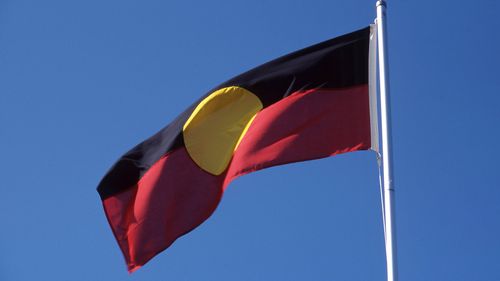Unlike the numbering protocols and preferences of state and federal elections, voters during the referendum will be presented with the referendum question.
The text, revealed earlier this year, reads as follows:

“A Proposed Law: to alter the Constitution to recognise the First Peoples of Australia by establishing an Aboriginal and Torres Strait Islander Voice.
“Do you approve this proposed alteration?”
The AEC has clarified that to respond, the formal rules demand voters “clearly write yes or no, in full, in English”.
“This will be part of our campaign advertising, it is on our website, in the guides delivered to all Australian households, it will be the instruction on the ballot paper and will be re-enforced by our polling officials when people are issued with their ballot paper,” the AEC said on Twitter.
“We expect the vast, vast majority of voters to follow those instructions.”
People have been instructed to not use ticks or crosses to indicate their response.
Read Related Also: Mamamia founder Mia Freedman calls out Karl Stefanovic for No Filter podcast snub after they were ‘friends’ for years at Channel Nine
A “cross” could also signify a check mark, the AEC says, meaning the vote is likely to be deemed informal.
A “tick” more universally indicates approval and could possibly be subject to “savings provisions” – the “ability to count a vote where the instructions have not been followed but the voter’s intention is clear”.
However, ticks can also be open to interpretation, the AEC said, and may not count depending on how clear the mark is.
The same issues of clarity, particularly regarding handwriting, exist just for the letters “Y” or “N”.
“This is why the commissioner, and the AEC will be very clear and regular with our communication that people need to write the full word ‘yes’ or ‘no’ in English, in full,” the AEC said.
“It’s also important to note the counting process is highly transparent – scrutineers from both sides of the debate will be able to be present throughout the count to observe the process.”






